

Creating a garden in Minecraft can be tricky — most plants can be placed only on top of solid blocks, so you end up with a flat, boring garden. If you’d rather have an interesting, elaborate garden, you need these three elements:
A well-planned layout
A nice variety of plants
A well-organized space
The first thing to do is lay out your garden — you can’t set up all your plants without having something to place them on. For some gardens, the layout is a simple patch of grass; other gardens may be a little more elaborate and use grass platforms connected with ladders or bridges.

To lay out your garden, follow these steps:
Place patches of dirt where you want your greenery to be located.
Normally, you can’t pick up grass blocks, so you have to place dirt blocks and then grow grass over them. However, if you have a lot of expendable resources, you can use the Silk Touch enchantment to obtain grass blocks directly.
Construct borders, bridges, ladders, water, and anything else that isn’t a plant of some kind.
Build these items early on so that you don’t discover complications later.
Use more dirt blocks to connect all patches of land with nearby grass.
As long as your grass has enough light, it spreads into your garden.
Watching grass grow is exactly as boring as it sounds; work on other tasks while you wait for your garden to become green.
Destroy all excess dirt or grass blocks.
When this step is done, you’re ready to start planting.

After the basic plan for your garden is set up, you can start adding some plants to it. To do that, just follow these steps:
Decide how much color you want in your garden.
Some people like gardens that are mostly green, with small bits of color here and there. Others like bright and vibrant colors everywhere. The color options are completely up to you. Just be sure to make your decision before you move to Step 2.
Choose the plants you want to use.
Pick colors and shapes that go well together but don’t overload your garden with too many different types of plants.
Decide where to place all your tall plants.
This decision includes cacti, trees, sugar canes, and tall flowers such as peonies. Keep in mind that you can’t see shorter plants if they’re obscured by too many tall ones.
Decide which sections should have no plants.
You don’t have to cover every single grass block with plants — always leave some room to walk around. You can even add a gravel road or two. After you know which spots you want to remain empty, you’ll know where to place all the other plants you want to add.
Place all your small, colorful plants.
Arrange these elements however you like — you can easily change them later.
Fill the rest of the unused space with green plants.
Items such as ferns and tall grass work well for filling in gaps. Be sure not to fill in any areas you want to keep clear for paths or roads.
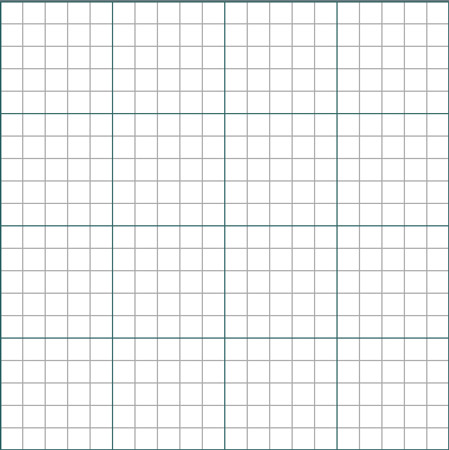
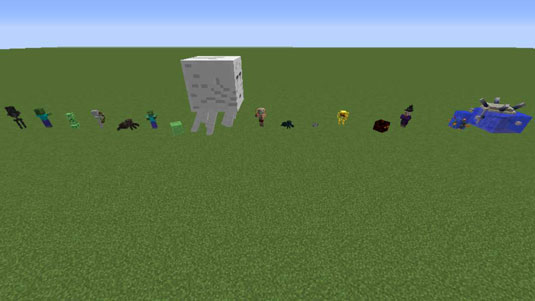


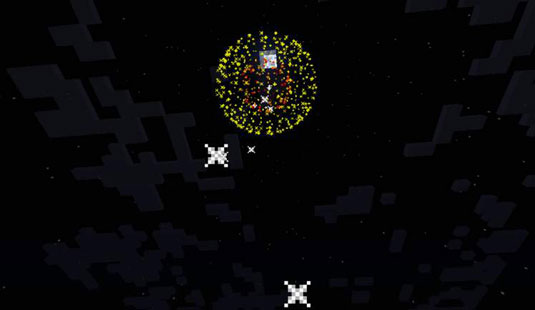 How to Create Custom Fireworks in Minecraft - For Dummies
How to Create Custom Fireworks in Minecraft - For Dummies How to Make a Projectile Library for Minecraft Modding - For Dummies
How to Make a Projectile Library for Minecraft Modding - For Dummies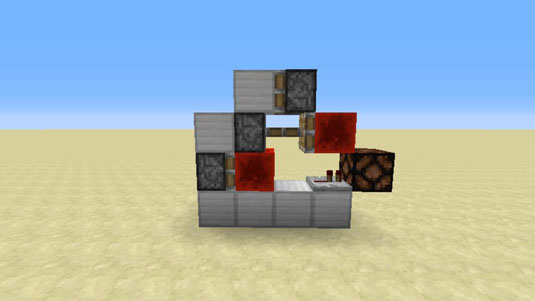 How to Create Hidden Inputs in Minecraft Redstone - For Dummies
How to Create Hidden Inputs in Minecraft Redstone - For Dummies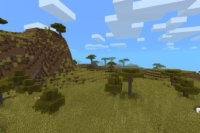 The Warm Biomes in Minecraft - For Dummies
The Warm Biomes in Minecraft - For Dummies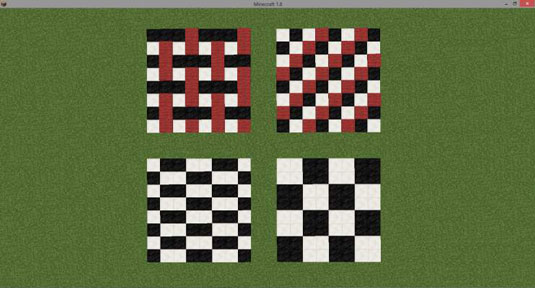 How to Customize Floors, Roofs, and Walls for Your Minecraft Construction - For Dummies
How to Customize Floors, Roofs, and Walls for Your Minecraft Construction - For Dummies